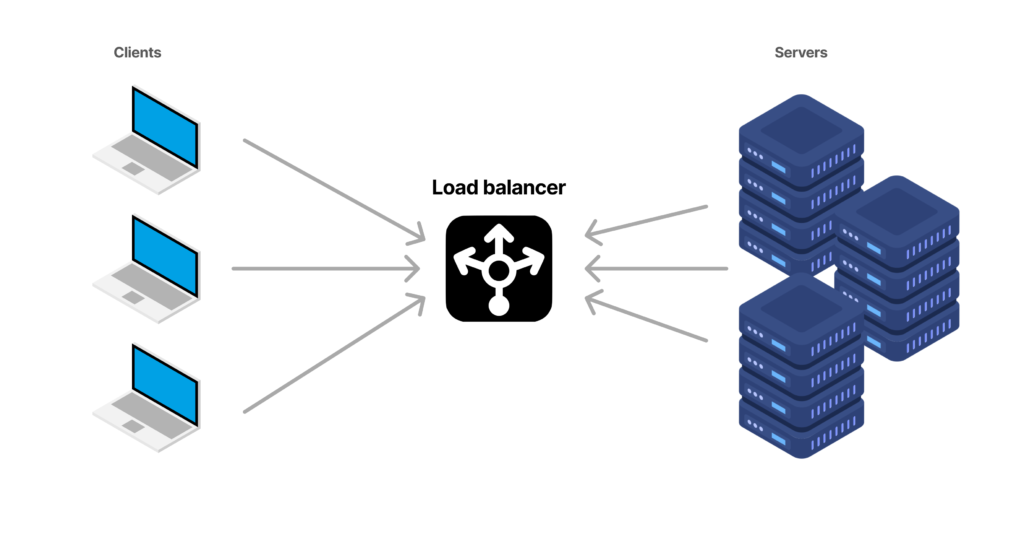
Network management and cybersecurity professionals often struggle to balance performance and security. This delicate equilibrium is particularly crucial when dealing with tools like ip stressers for legitimate network testing and malicious attacks. While they have legitimate uses in assessing and improving network performance, these capabilities make them attractive to malicious actors seeking to launch distributed denial-of-service (ddos) attacks.
Balancing performance and security
- Define clear objectives
Before employing an IP stresser, clearly outline the goals of your testing. Are you assessing overall network capacity, evaluating the effectiveness of DDoS mitigation solutions, or identifying specific vulnerabilities? Having well-defined objectives helps ensure that stressers remain focused and controlled.
- Implement robust monitoring
Deploy comprehensive monitoring tools to track network performance, resource utilization, and security metrics during stress tests. This real-time visibility allows for quick issue identification and helps prevent unintended consequences.
- Create a controlled environment
Conduct stress tests in isolated environments that mirror your production setup whenever possible. This approach minimizes the risk of accidentally impacting critical systems or exposing vulnerabilities to potential attackers.
- Establish safety thresholds
Set predefined limits for various metrics (e.g., CPU usage, bandwidth consumption, request rates) beyond which the stress test will automatically terminate. This precaution helps prevent unintended damage to systems or network infrastructure.
- Coordinate with stakeholders
Before conducting any stress tests, ensure all relevant parties (including network administrators, security teams, and service providers) are informed and prepared. This coordination helps prevent false alarms and provides appropriate support is available if issues arise.
- Use authenticated and reputable tools
When selecting an IP stresser for legitimate testing purposes, choose tools from reputable vendors that require authentication and maintain usage logs. This practice helps ensure accountability and reduces the risk of misusing the tool.
- Regularly update security measures
As you use stressers to identify vulnerabilities and performance bottlenecks, promptly address any issues discovered. Continuously update and improve your security measures based on the insights gained from these tests.
- Comply with legal and ethical standards
Ensure your IP stressers comply with all relevant laws, regulations, and ethical guidelines. Obtain necessary permissions and consult with legal experts if there’s any uncertainty about the legality of your testing activities.
- Implement gradual testing
Implement a gradual testing approach rather than immediately subjecting your network to maximum stress. Start with low-intensity tests and progressively increase the load, allowing for more controlled assessment and reducing the risk of unexpected issues.
- Diversify testing methods
While IP stressers are valuable tools, they shouldn’t be the only method used for performance and security testing. Incorporate other techniques such as penetration testing, code reviews, and vulnerability scanning to create a comprehensive security posture.
Organizations seeking information on how to use a stresser should prioritize education, ethical considerations, and legal compliance. Businesses can increase their network resilience without compromising security or ethical standards by adopting a thoughtful and measured approach to stress testing. It’s crucial to note that stresser information should only be sought and applied within legal and ethical boundaries. Misuse of these tools can lead to severe legal consequences and ethical violations.
As the digital landscape evolves, balancing performance and security in network management becomes increasingly critical. IP stressers, when used responsibly and ethically, are valuable tools in this endeavour. However, their potential for misuse necessitates careful consideration and stringent controls.







